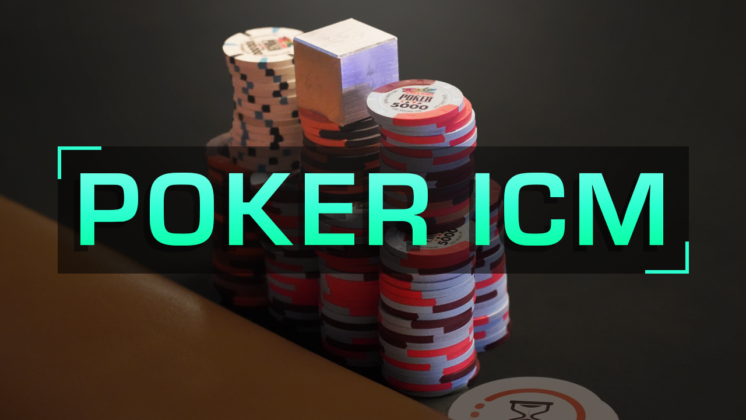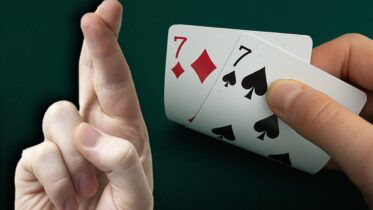If you have spent most of your time at the poker tables playing cash games, you have probably never had to think about how much value you were winning or losing by making certain plays.
After all, a cash game chip is worth exactly the value it represents, and winning a pot will win you the exact amount of money that’s in there, no more and no less.
This is hardly true in tournaments, where winning pots and piling up chips does not directly win you any money.
In fact, even when you win all the chips in the tournament, you only end up taking home a small percentage of the overall prize pool, which brings some important questions into play.
The independent chip model (ICM) is a model constructed to answer exactly such questions, all of which are related to the value of a tournament chip stack in actual monetary terms.
Today, we are going to take a close look at the independent chip model, learn how to use it to determine the value of our stack, apply pressure on others, and ultimately make better tournament poker decisions.
What Exactly Is ICM In Poker?
The independent chip model is one of the most useful concepts for tournament poker players, as it is the only gauge of the relation between tournament chips and real monetary value.
Even at a very basic level, looking at MTTs, it becomes quite clear that the chips won in a tournament don’t directly translate to cash value.
In fact, it takes quite a bit of chip accumulation before any money comes into play, and even once you are there, the money jumps are not directly related to the amount of chips gathered.
But what impact does the value of tournament chips have on the decisions we need to make at the table? The ICM was designed specifically to answer such questions.
ICM calculations consider things other than the sheer chip EV of any decision we are making, such as the prize distribution, stack sizes of other players at the tables, and our stack size compared to them.
With so many different variables in play, ICM calculations are extremely complicated, which is why you can’t be expected to make exact calculations while playing.
Instead, practicing the model with an ICM poker solver is a great way to become a better tournament poker player and make better decisions during the late stages of tournament play.
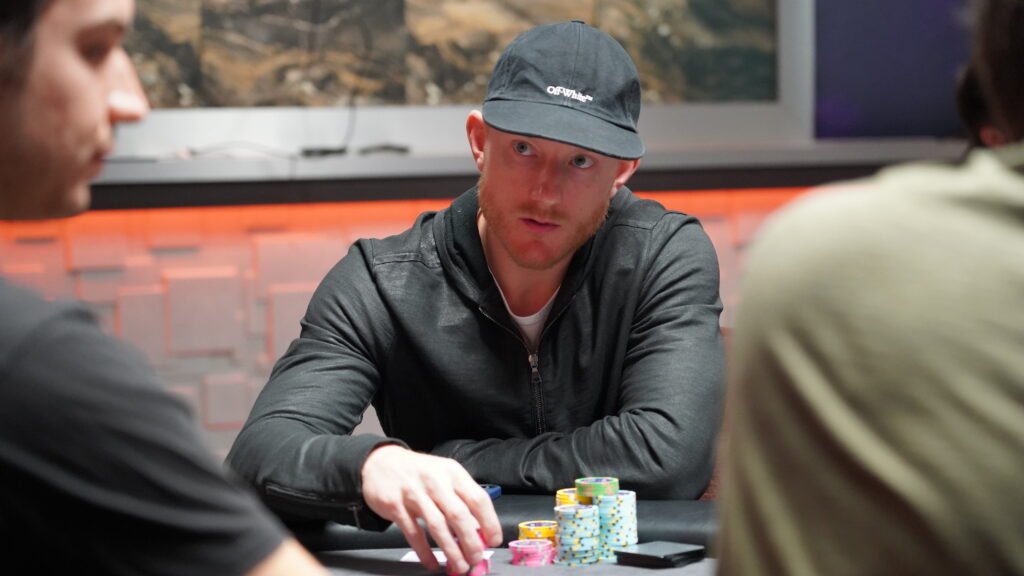
The best poker tournament players in the world spend hundreds of hours studying ICM.
How ICM Impacts Tournament Decisions
ICM implications exist in every single part of a poker tournament, from the moment the first cards are dealt until the moment heads-up play starts.
These implications, however, increase in value as you get closer to the money bubble and continue to be significant throughout the ITM stage.
With every pay jump, the amount of money you win in a tournament increases, which means that simply surviving in a tournament adds actual dollars to your poker bankroll. Busting out, on the other hand, hinders any further ability to make pay jumps and increase your return from that specific tournament.
While there have been some tournament poker pros over the years who heavily advocated going for the first place and neglecting ICM altogether, most modern pros agree that ICM is a critical part of tournament poker play.
So, here are a few typical ICM adjustments you will be making in late-game to increase your overall tournament EV.
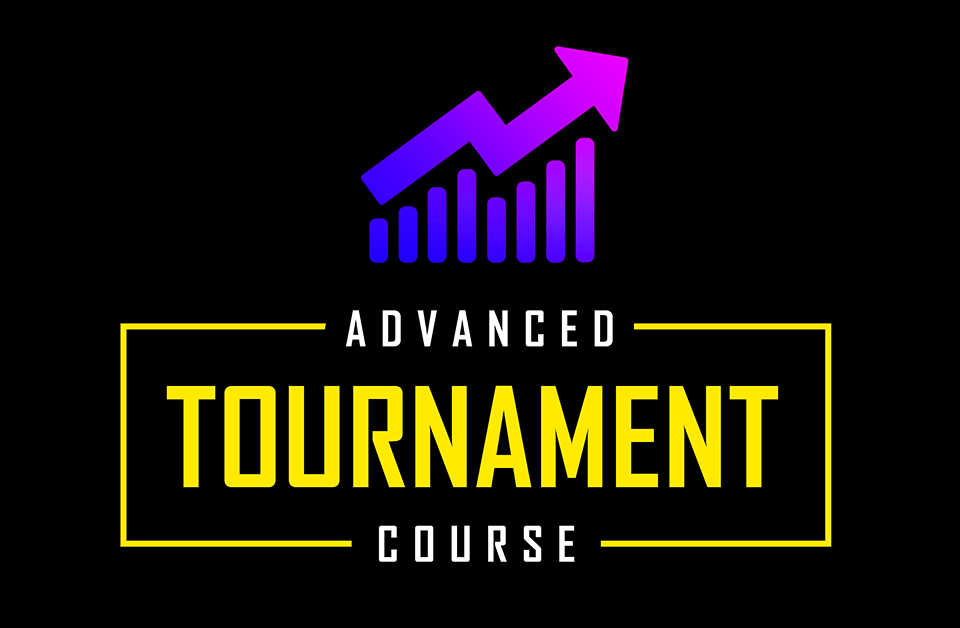
Our Advanced Tournament Course is a great resource for
tournament players looking to master ICM.
ICM Tip #1. Fold More Often
One of the biggest adjustments that the independent chip model will force you into in tournament poker is to make more folds.
While it may be annoying and may seem like all you are doing is folding, this is actually the correct way to play many situations in late-game, especially if you are one of the middling stacks.
With smaller stacks than you primed to bust out, the last thing you want to do is bust before them with a mediocre hand.
In spots where your cEV is only slightly positive, your $EV can become quite terrible, given that the chips you stand to win are worth significantly less than the ones you stand to lose.
For that reason, when you are asked to call off your entire stack, you should consider your actual EV and only make calls that are significantly +cEV.
Remember that while a fold in a cash game always has a neutral EV, a fold in late-game tournament play can have a positive EV, as it gives you a chance to increase the value of your stack by moving up the pay table.
ICM Tip #2. Play More Small Pots
Trying to play small pots and win pots without showdown is critical in late-game tournament poker, especially when we are one of the middling stacks. In such a situation, we stand to bust out in any hand against one of the bigger stacks, but we can’t actually go ahead and win the tournament with any single decision.
Instead, it takes a whole series of good decisions to get to the very end, and this means playing carefully with our stack of 20-30 bbs.
In such scenarios, it is advisable not to get too involved with the big stacks at the table and to try and exert some pressure on those players you have a chance to bust.
By playing aggressively against the small stacks, staying out of the way of the chip leaders, and playing small pots when possible, you will increase your overall EV in the tournament.
ICM Tip #3. Apply More Pressure
Whenever you end up being one of the big stacks late in a tournament, you should know that the ICM is working heavily in your favor.
Since you are not the one at risk of busting out, you should do your best to get involved in as many pots as you can and exert any pressure you can on your opponents.
Your bet targets will be the middling and small stacks who will want to avoid busting out of the tournament before players with a small stack, which you can capitalize on.
If they are playing an appropriate tournament strategy, they will be forced to call your bets with much tighter ranges, making it prime time to pounce and build up your chip stack even further.
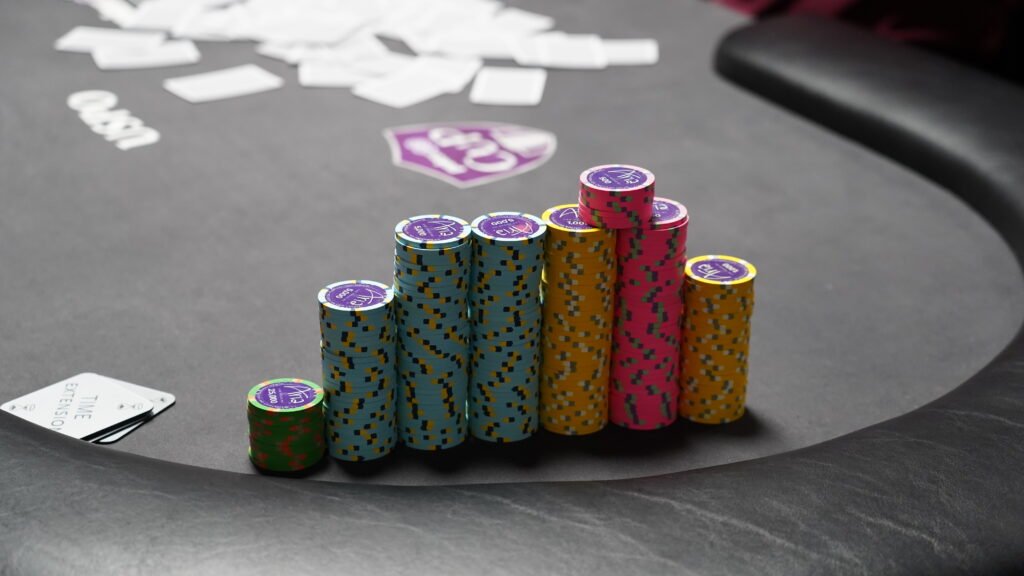
When you have a big stack in a poker tournament, ICM works heavily in your favor.
How to Practice ICM Poker
Now that you know what ICM is in poker and how it affects tournament strategy, the big question is how do you get better at it?
Each particular ICM calculation is very complex, as it has to take into consideration all the remaining stacks and all the remaining payouts, making it impossible to make exact ICM calculations while playing.
Instead, what you can do is download one of the several useful ICM training programs, where common ICM situations can be learned by heart.
These simulators will present you with decisions on different stack depths, positions, and spots in late tournament games, and it will be up to you to decide between calling or folding.
By training these scenarios regularly and paying attention to the numbers, you will learn to recognize ICM patterns, which will help you recognize profitable and unprofitable spots in your own games later on.
The truth is that ICM is not an exact science and that it’s impossible to know for sure what the best play is in every single spot, but the best tournament pros get it right more often than not.
Make sure to practice ICM at least once in a while during your study sessions, and your bottom line will certainly thank you for it.
The Drawbacks of ICM
While ICM is definitely one of the most important tools in any tournament poker player’s arsenal, it is important to note that there are a few drawbacks of the model that must be taken into consideration.
For one, ICM does not consider skill as a factor in the decision-making process at all. Instead, all numbers are derived from pure math, and every player is treated the same.
The truth is that only you know what your advantages are over your opponents, and making decisions against the ICM can perhaps be profitable in some particular scenarios.
For example, the ICM does not take into account how valuable winning chips could be in terms of running over the table with your big stack later on.
So, facing a decision that is likely to be a coin-flip, the ICM might suggest a fold, as risking your tournament life on a decision that is barely +cEV would not be a +$EV play.
However, if you are sure that doubling up will allow you to pick up a lot of dead chips down the line and eliminate the best player at the table, this could all change, and the call could become profitable instead.
The ICM also does not take into account any player tendencies or game flow dynamics, all of which are an important part of the overall tournament strategy.
Are the blinds changing the next hand? Are you going to be in the big blind two hands from now? All of these factors could play into your decision but will not be a part of the ICM calculation that comes out of any ICM calculator.
So, make sure to take ICM with a slight grain of salt at times, but remember that the model is correct the vast majority of the time and should only be ignored on very rare occasions and for very good reasons.

If you are a skilled poker player that has an edge over the table,
sometimes it is best to ignore ICM.
ICM Will Make You a Better Player
The one thing we can guarantee is that becoming proficient at understanding the concept of ICM in poker will make you a better tournament player.
This is one of the most important concepts out there, and without a good grasp of the Independent Chip Model, you will not get very far in MTTs.
In fact, it could be said that it’s not possible to be a profitable player in today’s tournament ecosystem at all without understanding ICM on at least a solid level, so don’t leave this out of your study sessions.
Download a simple ICM training tool to your computer, practice with it any chance you get, and you will see your late-game improve dramatically with each passing session.
